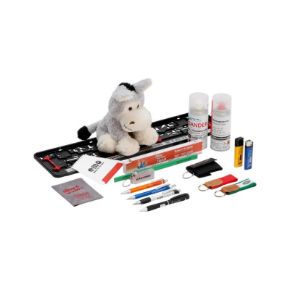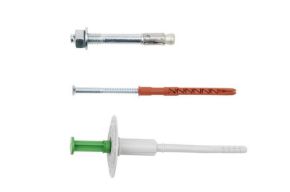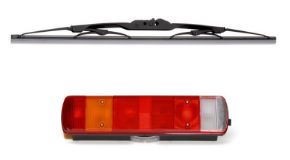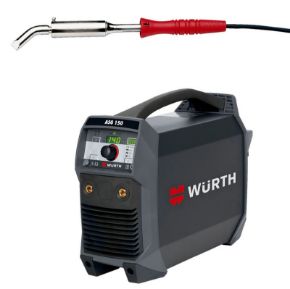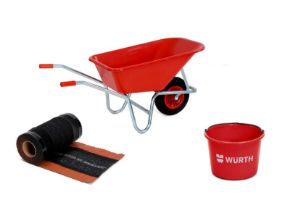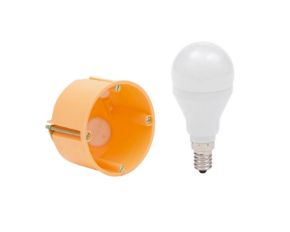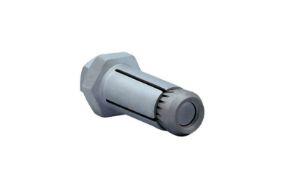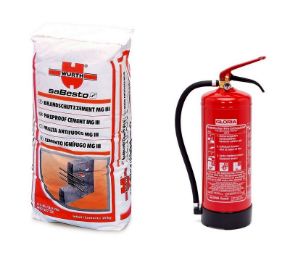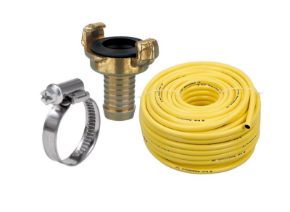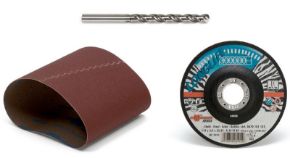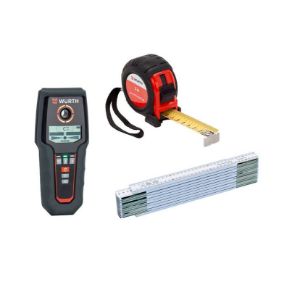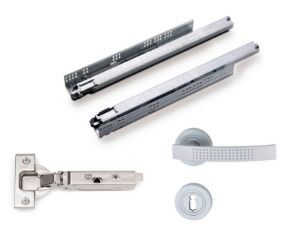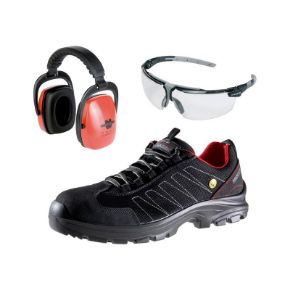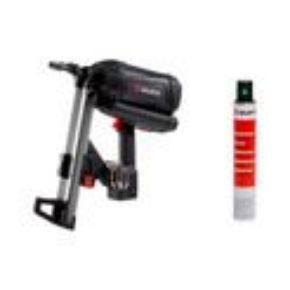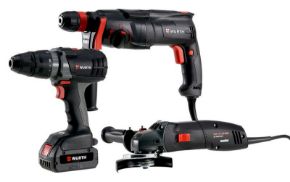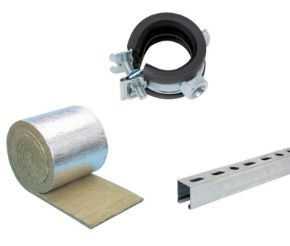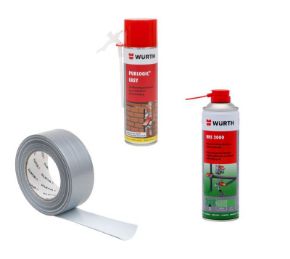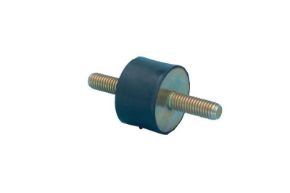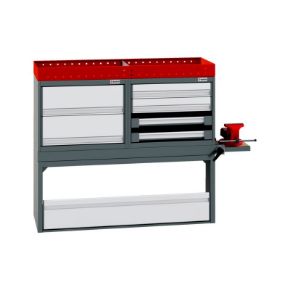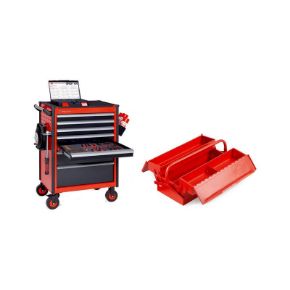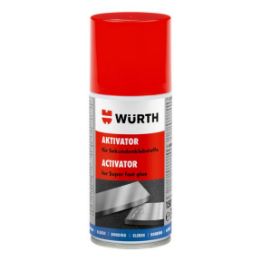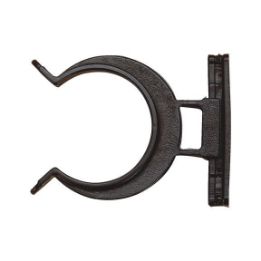You have no items in your shopping cart.
Close
Menu
-
Products
- Back
- Technical chemicals
- Hand Tools
- Material Processing
- Occupational Safety
- Power tools
- ORSY system
- Anchors
- Vehicle interior equipment and accssrs.
-
Workwear
-
Active Current Offers
- Top Selling Products
- Automotive parts
- Brazing, soldering and Welding
- Building Materials
- Electrical Installation
-
Fasteners
- Back
- Hardened Steel Nails
- Fire Protection
- Hoses, couplings, hose clamps
- Measuring
- Metal Fittings
- Pin Driver Technology
- Sanitation, heating, air-conditioning
- Technical rubber and Engineering plastic
- Work Equipment
- Top Selling Products
- Catalogues
- About us
- Services
- Contact
- Home >
- Technical chemicals >
- Adhesives >
- Superglues >
- Superglue >
- Cyanoacrylate structural adhesive, Klebfix Flex >
- Superglue Klebfix Flex
Related Product
089330120
Activator
Activator for cyanoacrylate adhesive
ACT-SUPGLU-CYANACRYLATE-150ML
€13.92 inc. VAT price per 1 PCS
Recommended Products
0683360021
Clamp bracket
Clamp holder for base height adjuster
AY-CLAMPHOLD-BSEHIADJ-SCREWON-2LO
€0.33 inc. VAT price per 1 PCS
Other Links
About Us
World market leader in the trade with the sale of fastening and assembly materials. It currently consists of more than 400 companies in over 80 countries.
My account
Copyright © 2025 Wurth Malta Online Shop. All rights reserved.
Powered by nopCommerce
Designed by Nop-Templates.com

